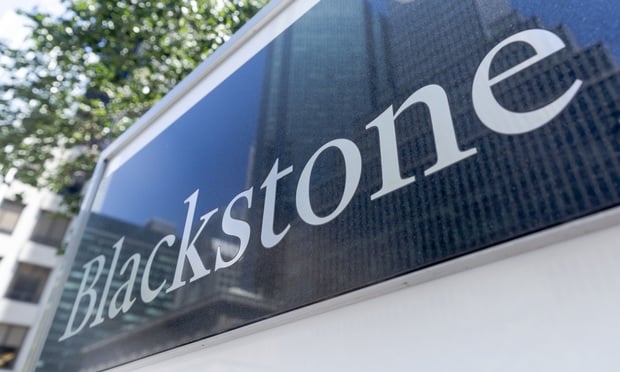Although disruptions in the market such as supply chain delays, labor shortages, and inflation continue to impact projects for developers, there are still opportunities for change in the multifamily sector.
That's assuming you can get financing. Panelists at GlobeSt's Multifamily Spring 2023 Conference, say right now, the biggest challenge are the disruptions in the capital markets.
"When you're underwriting transactions, the moment that your interest is going over what your yield is, it's going to make it extremely difficult to underwrite a deal," said panelist Jeffrey Ardizon, principal of The Estate Companies. "As far as fundamentals, they're very strong in South Florida. We are experiencing very heavy migration and have a lot to offer. For projects that just got delivered, rents were underwritten at substantially lower numbers, the rent growth we've had in the past two years has in some cases offset the increase of operating expenses like insurance and other construction costs. The challenge is on the newer deals that have not gotten off the ground yet. Despite all these headwinds, we're still seeing very healthy velocities and strong absorption in South Florida, especially in Dade and Broward."
Recommended For You
Want to continue reading?
Become a Free ALM Digital Reader.
Once you are an ALM Digital Member, you’ll receive:
- Breaking commercial real estate news and analysis, on-site and via our newsletters and custom alerts
- Educational webcasts, white papers, and ebooks from industry thought leaders
- Critical coverage of the property casualty insurance and financial advisory markets on our other ALM sites, PropertyCasualty360 and ThinkAdvisor
Already have an account? Sign In Now
*May exclude premium content© 2025 ALM Global, LLC, All Rights Reserved. Request academic re-use from www.copyright.com. All other uses, submit a request to [email protected]. For more information visit Asset & Logo Licensing.








